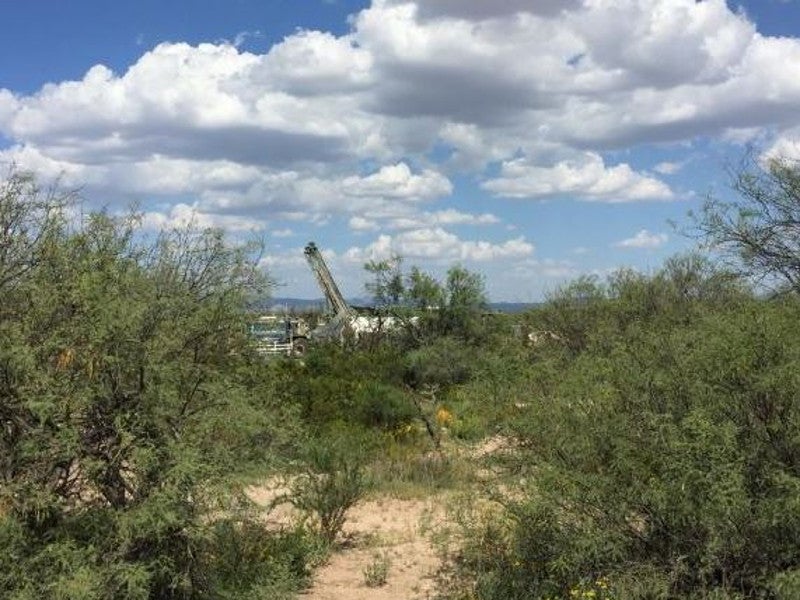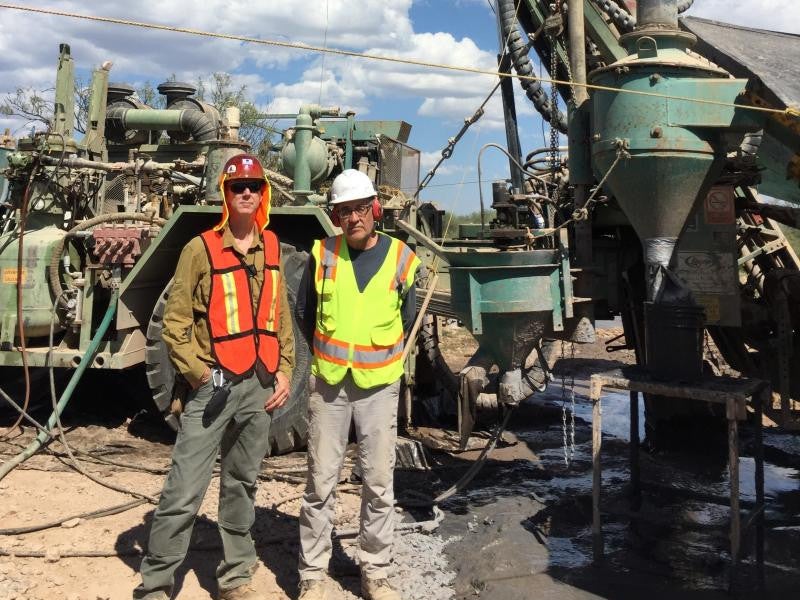Camino Rojo is an advanced gold and silver open-pit project being developed by Orla Mining in Mexico, through its Mexican subsidiary Minera Camino Rojo.
Feasibility study for the project was completed in June 2019, following a preliminary economic assessment in May 2018.
Construction works on the project are expected to be started in early-2020, while commissioning is expected in 2021.
Estimated to cost £123.5m ($153.8m), the Camino Rojo oxide project is expected to produce 97,000 ounces (oz) of gold and 511,000oz of silver a year, over its estimated mine life of 6.8 years.
Camino Rojo gold and silver project development history
The Camino Rojo gold-silver deposits were discovered by Canplats Resources in 2007.
Goldcorp, which acquired Canplats Resources in 2010, peformed exploration drilling on the property until 2017.
Orla Mining acquired the project from GoldCorp in June 2017.
Camino Rojo location, geology, and mineralisation
The Camino Rojo gold-silver concession covers 206,000ha in the municipality of Mazapil, approximately 190km north-east of Zacatecas.
The poly-metallic deposit is hosted within the clastic-dominant Cretaceous submarine sedimentary strata, along the boundary between the Mesa Central plateau and the Sierra Madre Oriental fold.
The gold mineralisation is found in carbonate veins and breccia of the Caracol formation. The mineral deposits are found completely oxidised up to 150m-deep beneath the surface.
Other metals found at the Camino Rojo deposit include silver, zinc, and lead.
Camino Rojo reserves
The Camino Rojo gold-silver mine is estimated to contain 44 million tonnes (Mt) of proven and probable ore reserves, grading 0.73g/t Au and 14.2g/t Ag and containing 1.03 million ounces (Moz) of gold and 20.1Moz of silver.
The project is also estimated to contain 9.46Moz of gold and 100.4Moz of silver in measured and indicated resources.
Mining and ore processing
Camino Rojo will be a conventional open-pit mining and heap-leach operation with an annual mine throughput of 6.57Mt. Ore will be extracted through drilling, blasting, and loading.
The run-of-the-mine (RoM) ore will be processed at an on-site 18,000 tonnes per day (tpd) processing plant, which will house a two-stage closed crushing circuit connected to the leach pad via a 10m-long conveyor belt.
The crushed oxide ore will be stacked and leached using a low-concentration sodium cyanide solution. The pregnant solution will be processed in a Merrill-Crowe recovery plant to produce gold and silver dores.
The gold and silver recovery rates at the Comino Rojo processing plant are estimated to be 64% and 17%, respectively.
The project is estimated to process a total of 44Mt of ore and produce up to 662,000oz of gold and 3.48Moz silver, throughout its operational life.
Infrastructure facilities
The Camino Rojo mine can be reached from the Mexican Highway 54 via a new 8.4km-long access road.
Electricity for the mine operations will be supplied through a 115kV three-phase overhead transmission line connecting a switchyard located 70km away from the mine site. Water supply will be facilitated through existing bore wells near the site.
Other infrastructure facilities include a waste rock facility, two emergency diesel-fired generators, administrative and accommodation buildings, a warehouse, a laboratory, and a guard house.
Contractors involved
Independent Mining Consultants (IMC) provided the mineral resource estimates, while Kappes, Cassidy & Associates (KCA) and IMC prepared the preliminary economic assessment (PEA) for the project in May 2018.
The feasibility study for the project was carried out by a team led by KCA and supported by IMC, Resource Geosciences Incorporated (RGI), Barranca Group, Piteau Associates Engineering, and HydroGeoLogica (HGL).





